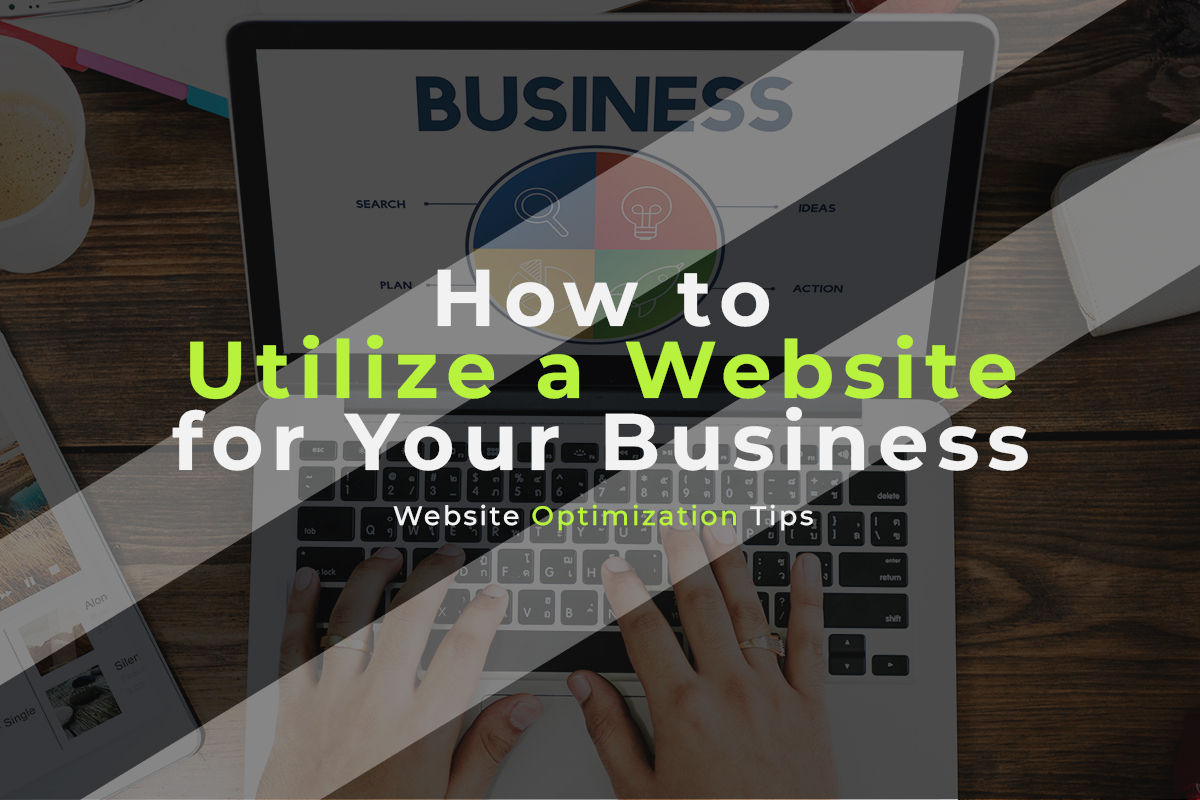Introduction
In today’s digital-first world, your website is no longer just a marketing tool — it’s the core of your business presence online. Whether you run a startup, a local service, or an established company, a well-designed and optimized business website can help you attract customers, generate leads, and increase sales.
However, many businesses fail to unlock the full potential of their websites. Having one isn’t enough — you must know how to utilize your website strategically to grow your brand, engage customers, and drive measurable results.
Below, we’ll explore how to make your website development and optimization efforts work harder for your business.
1. Establish a Strong Online Brand Identity
Your website is your digital storefront, open 24/7 for your potential clients around the world. A professional and consistent brand image builds credibility and trust.
Start by ensuring your website reflects your brand identity — your logo, colors, typography, and messaging should align across every page. When users visit, they should immediately understand who you are, what you do, and how you can help them.
An effective homepage should include:
- A clear value proposition
- An easy-to-understand description of your products or services
- Strong calls-to-action (CTAs) that guide users to take the next step
Your website design is your first impression — make it modern, responsive, and user-focused to show professionalism and build confidence in your brand.
2. Present Your Products and Services Clearly
A well-structured business website should serve as your online showroom. Every product or service should have its own section or page, with clear descriptions, high-quality images, and an easy path to inquiry or purchase.
Keep in mind: customers aren’t just looking for what you sell — they want to know how your product or service benefits them. Focus on solving problems rather than listing features.
Include case studies, testimonials, and client success stories to reinforce trust. Social proof is one of the most powerful tools in turning visitors into customers.
If your website includes an e-commerce system, ensure that the checkout process is fast, secure, and mobile-friendly. Friction-free navigation means better conversion rates.
3. Optimize for User Experience (UX)
User experience plays a crucial role in your website’s success. Even the best content can fail if your visitors can’t navigate your site easily.
Here’s how to improve UX:
- Responsive design: Your site should look and perform beautifully on desktop, tablet, and mobile devices.
- Fast loading speed: A delay of even one second can reduce conversions and hurt SEO rankings.
- Simple navigation: Organize menus and categories logically.
- Effective CTAs: Encourage action, such as “Get a Quote,” “Contact Us,” or “Learn More.”
A seamless, intuitive design helps visitors stay longer and engage more — both key factors in your website optimization strategy.
4. Generate Leads Through Your Website
A successful business website doesn’t just inform — it converts. Include multiple ways for visitors to connect with you or make inquiries.
Lead generation tools include:
- Contact forms for inquiries
- Newsletter sign-ups for ongoing engagement
- Free resources or guides offered in exchange for email addresses
- Chatbots for real-time support
- Booking or consultation systems
Integrate these elements with your CRM or email marketing tools to manage leads efficiently. With automated follow-ups, you can turn visitors into loyal customers with minimal effort.
5. Build Trust Through Content Marketing
High-quality, relevant content is one of the most effective ways to boost your online visibility and build trust. A well-maintained blog section helps you share industry insights, how-to guides, and expert opinions — showcasing your authority in your field.
Each blog post should be optimized with SEO keywords that your target audience is searching for, such as:
- how to grow your business online
- website design tips
- SEO best practices for small businesses
This helps your content appear in Google search results and attract organic traffic.
Additionally, include testimonials, certifications, and portfolio pieces on your site to demonstrate credibility. These elements reassure visitors that your brand delivers real results.
6. Invest in SEO (Search Engine Optimization)
A beautiful website won’t bring results if no one can find it. That’s why a solid SEO strategy is essential.
Key areas to focus on include:
- Keyword Research: Identify terms your target audience searches for and integrate them naturally into your content.
- On-Page SEO: Optimize page titles, meta descriptions, headers, and URLs.
- Image Optimization: Use descriptive filenames and alt text to help search engines understand your visuals.
- Mobile Optimization: Google prioritizes mobile-friendly sites.
- Technical SEO: Fix broken links, use SSL security, and maintain clean code.
SEO is a long-term investment that increases visibility, drives organic traffic, and builds authority for your brand.
7. Leverage Analytics and Data
A key advantage of having a digital presence is measurability. Use tools like Google Analytics and Google Search Console to track your performance.
Monitor important metrics such as:
- Website traffic and top-performing pages
- Visitor demographics and locations
- Conversion rates and form submissions
- Bounce rates and session duration
By analyzing data, you can identify what’s working, fix what isn’t, and continually optimize your website for better business performance.
8. Integrate Social Media and Automation Tools
Your website and social media should work together as part of your online marketing ecosystem. Include social sharing buttons, embed your social feeds, and link to your profiles for seamless engagement.
You can also use marketing automation to improve efficiency. For example, connect your contact forms to automated email sequences that nurture leads over time.
Automation helps you stay connected with customers while saving time — allowing your website to function as a true business growth engine.
9. Keep Your Website Secure and Up to Date
A secure website builds trust. Always use an SSL certificate (HTTPS), strong passwords, and regularly update your platform and plugins.
Security also impacts your SEO ranking, as Google prioritizes safe browsing experiences. Conduct regular backups to prevent data loss and ensure that your business stays online even during unexpected issues.
Maintaining an updated and secure site signals professionalism and reliability — key factors for any brand’s digital reputation.
Conclusion
Your website is more than an online brochure — it’s the heart of your digital strategy. When built and managed properly, it becomes a 24/7 marketing tool that attracts visitors, engages leads, and drives sales.
From strong branding and web design to SEO and automation, every part of your website contributes to your business growth.
If you want to make your website truly work for you, invest in professional website development and SEO optimization. A strategic, data-driven, and visually stunning site will help your brand stand out, generate consistent leads, and strengthen your online presence.
Your website has the power to transform your business — it’s time to unlock its full potential.



